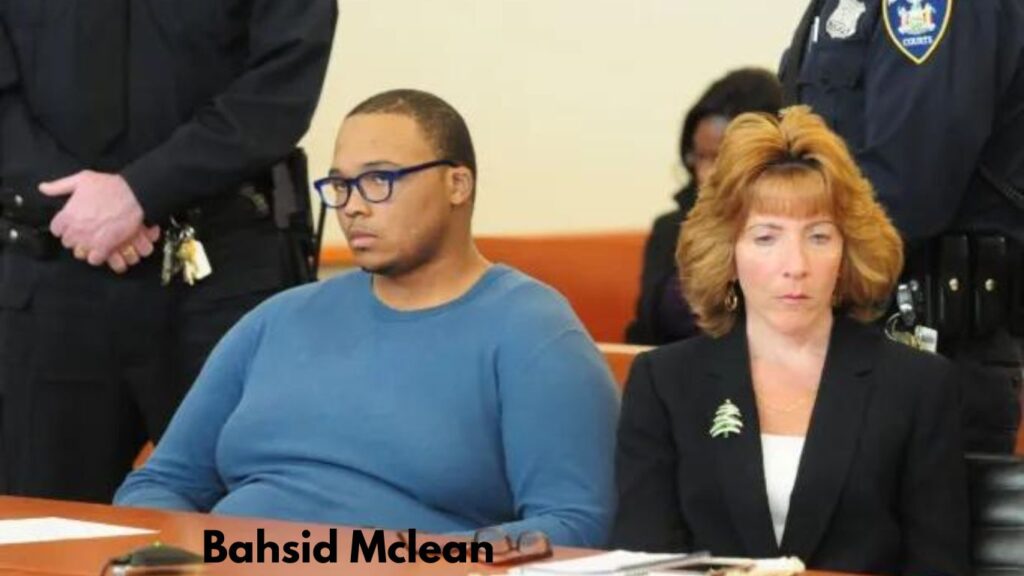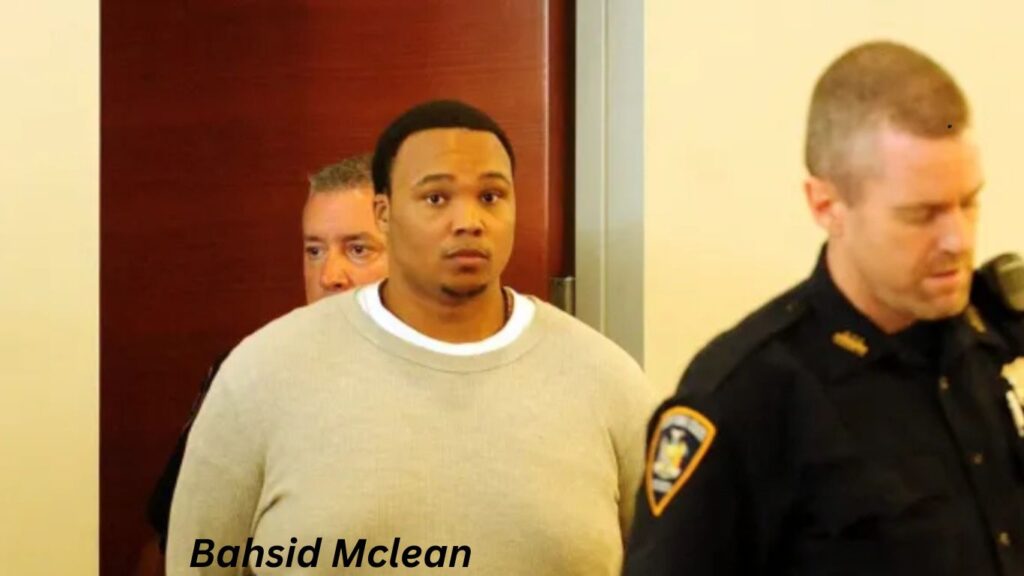Bashid McLean badly hurt his mother by cutting off her head and taking a picture of himself with it.
Bahsid McLean’s narrative is dark and depressing because of how much evil he committed. At the age of 23, he did a horrible act to his mother, Tanya Byrd, in 2013. The thought of how he hurt her and then sliced her apart is horrifying.
Bahsid was shown in a video discussing his actions in a way that left people feeling quite uneasy. When they learnt what had transpired, many people were shocked. This was not the only thing he did; his friend William Morris also committed this offence. Everything became less frightening as a result. He had been afoul of the law at times and experienced moments of low self-esteem.
These kinds of things make the story even more challenging. Bahsid McLean eventually had more difficulties while residing on Rikers Island. This implied that there were still more court cases that required to be settled.
Bahsid Mclean committed a horrible deed.
Let’s discuss Bahsid’s mother’s situation in more detail. When Bahsid McLean brutally murdered his mother in 2013, he achieved something really good.
After dismantling her, he disposed of the parts in garbage bags strewn around several streets. In court, a video of Bahsid discussing his actions with composure was played.
Why he snapped a photo of his mother after her passing is beyond me. Bahsid and William attempted to claim that it was someone else’s doing. Bahsid claimed that he took the actions he did out of fear that someone else would if he hadn’t.
Several people questioned Bahsid’s mental state and his level of competence due to his unusual behaviour and his ability to hear noises.
Though not the only group affected by Bahsid’s passing was the neighbourhood and beyond, several others did. The narrative was already depressing and perplexing, but everything that transpired in court afterwards made it much worse.
After reading this narrative, we are truly moved to provide for one another and ensure that we are all well in our hearts and thoughts.
This is a forceful defence of mental wellness.
An major aspect of the court proceedings was the defence team for Bahsid McLean’s heavy emphasis on his mental health.
Due to McLean’s mental instability, his attorney made a great effort to convince the judge that McLean was not entirely accountable for his actions.
Because of his troubling past—which included taking images of the deceased with the victim and hearing voices that others couldn’t hear—many people were concerned about McLean’s mental state.
The defence team contended that McLean’s mental health issues were a significant contributing factor in the incident, suggesting that he may not have been entirely cognisant of his actions at the time of the crime.
Although there were opposing viewpoints, McLean was the primary suspect in the incident due to substantial evidence in his favour.
Conversely, the prosecutors held a distinct perspective of McLean. They stated he was a crafty individual who had done the crime with a very specific intention.
This case demonstrated how challenging it is to establish a link between mental health issues and the legal system. It also demonstrated the necessity for us to consider the mental health of those who are accused more carefully.
When prohibited materials were discovered at Rikers Island in 2014, for example, Bahsid McLean’s case became even more convoluted. This increased the complexity of the discussion on mental health defences in courtroom settings.
This case calls for a greater examination of the way mental health services are provided inside the criminal court system.
The legal situation of Bahsid Mclean is distressing.
Tanya Byrd was Bahsid McLean’s mother, and he was on trial for her murder. There were many complex and emotional legal issues raised during the trial.
There was a compelling argument for the defence to consider McLean’s psychological state. They claimed that comprehending what he did would require a knowledge of his mental state.
The defence team for Bahsid McLean claimed that his unsettling behaviour, such as talking to the deceased and hearing noises he wasn’t supposed to, were obvious indicators of his mental illness. They used his mental illness as justification for his release, claiming it prevented him from having complete control over his actions.
Contrary to the defense’s assertion that McLean was mentally incompetent, the prosecution presented evidence indicating he acted alone, with full knowledge and purpose, and that he later attempted to conceal his actions.
The difficulty and complexity of handling mental health concerns in the judicial system was demonstrated by this court case. It also demonstrated the difficulty of striking a balance between the accused’s mental health needs and upholding moral principles.
It is evident from the court case of Bahsid McLean how difficult it is to strike a balance between mental health and the law. It forces us to consider these two crucial areas’ interactions and overlaps in greater detail.



